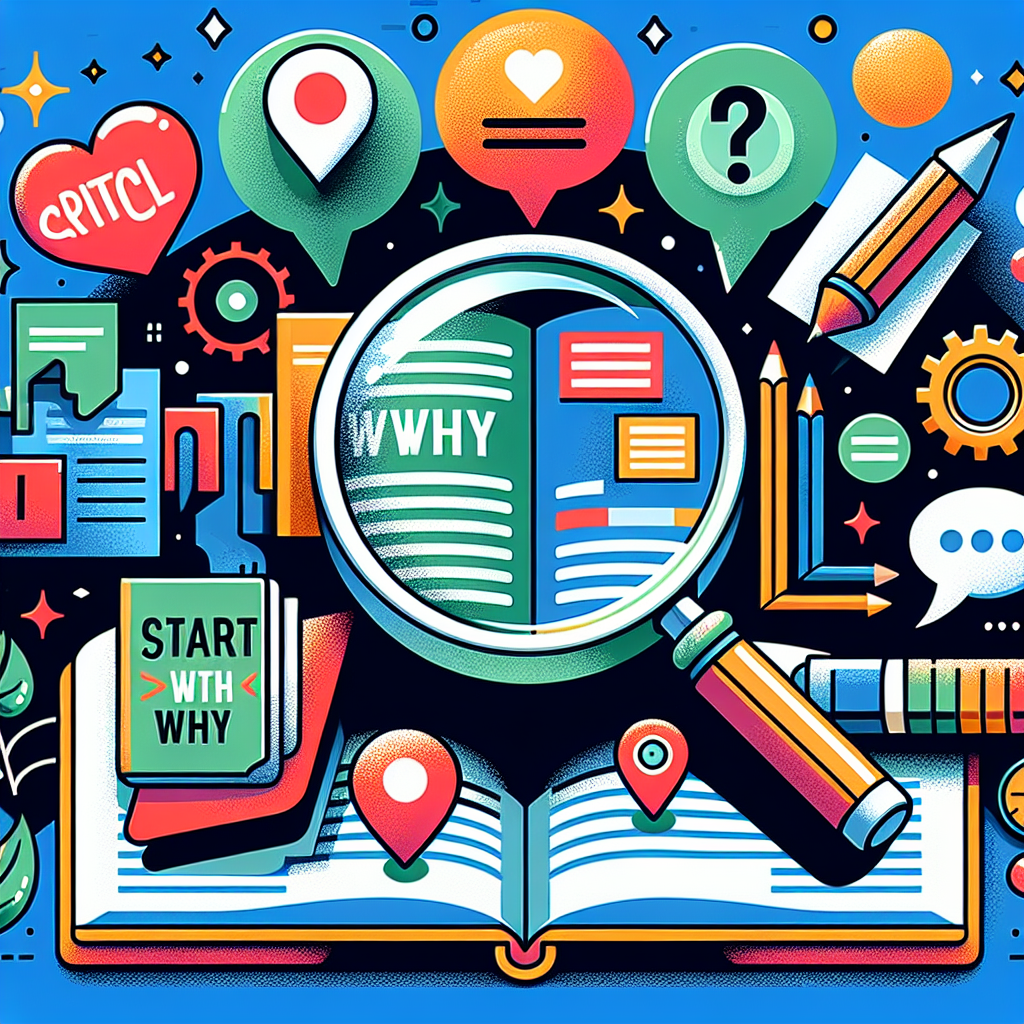Singapore Startup Ecosystem

I have lived in Singapore for two and a half years. It is recognized as one of the top startup ecosystems in the world, boasting a thriving community of entrepreneurs and a supportive business environment. In this blog post, we will explore the factors contributing to Singapore's success as a startup hub and highlight some of the most promising players in the ecosystem.
Government Support
The Singaporean government has been a staunch supporter of the startup ecosystem, offering funding, infrastructure, and regulatory support to help entrepreneurs succeed. Initiatives such as the Startup SG scheme and the SGInnovate program have been launched to provide grants and mentorship to early-stage and deep tech startups in areas like AI and robotics.
Government-Led Venture Catalysts
Government Agencies
Additionally, the government has established several co-working spaces, accelerators, and incubators, such as BLOCK71, to offer startups affordable office spaces along with mentorship and networking opportunities.
Talent Pool
Singapore has a highly-skilled and diverse workforce, attracting talent from around the globe. The country's excellent education system and favorable immigration policies make it easy for startups to attract and retain top talent.
The government has also introduced entrepreneurship education in schools and universities to encourage young people to venture into business.
Investment Opportunities
Singapore enjoys a robust investment landscape, featuring a growing number of venture capitalists, angel investors, and corporate investors. Investment activity has surged in recent years, with billions of dollars invested in startups across various industries.
Venture Capital
Early Stage Accelerators
Incubators
Crowdfunding Platforms
The presence of major global investors like Softbank, Sequoia, and Accel Partners also helps attract further investment and gives startups access to global markets.
Promising Startups
Singapore is home to several promising startups across various sectors such as fintech, biotech, and e-commerce. Some of the most notable include:
- Grab: Southeast Asia's leading ride-hailing and logistics platform, valued at over $16 billion.
- Carousell: An online marketplace for buying and selling secondhand goods, boasting over 30 million listings across eight markets.
Other Key Players in the Ecosystem
Crowdsourcing Platforms
Intellectual Property
Apprenticeships
Other Useful Associations
Conclusion
Based on my experience with both the Hong Kong and Singaporean startup ecosystems, I can say that Singapore has come a long way in a relatively short period. This is due to a combination of strong government support, a skilled workforce, and a vibrant investment community. With its favorable business climate and strategic location in Southeast Asia, Singapore is well-positioned to continue attracting entrepreneurs and investors from around the world, thereby driving innovation and growth in the region.


